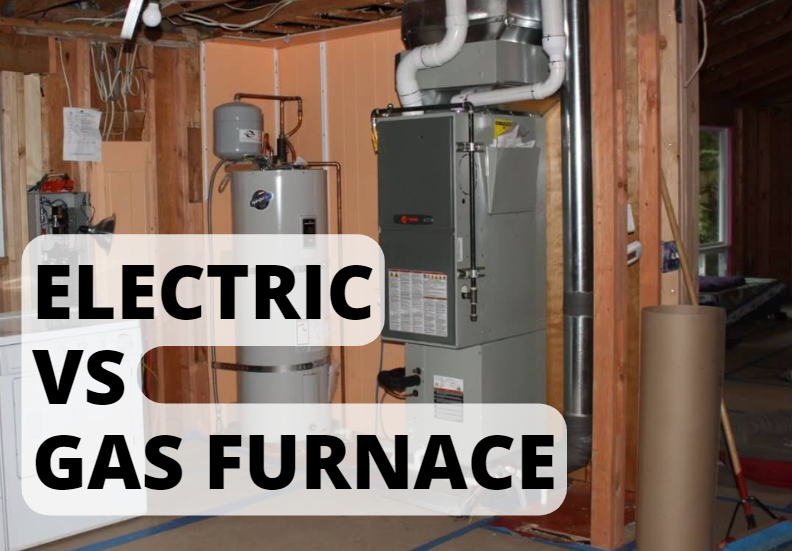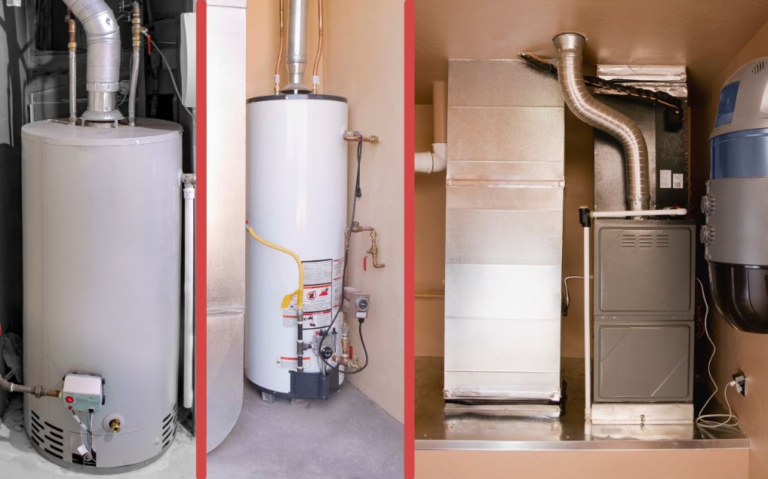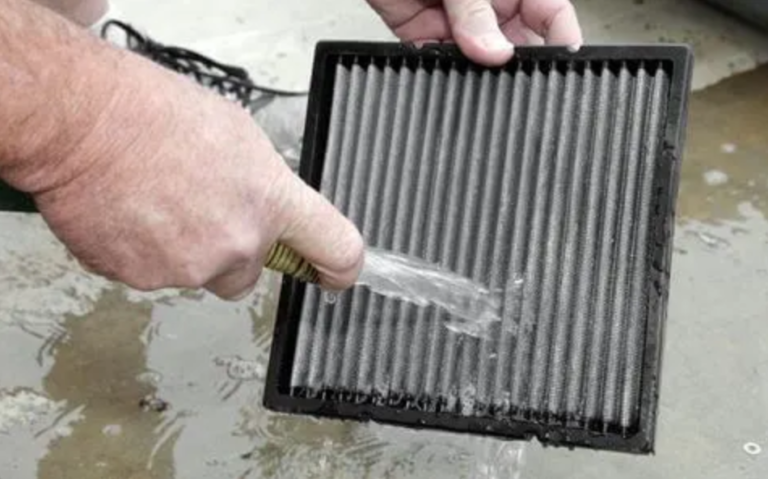8 Key Differences – Electric Furnace vs Gas Furnace
When it comes to home heating, there are a lot of different options out there. But, when it comes down to it, most homes use either an electric furnace or a gas furnace.
So, how do you know which one is right for your home Here are eight points of comparison between electric furnaces and gas furnaces to help you make the best decision for your home.
Before we begin with the comparison, we must first understand how each type of furnace works.
How does an electric furnace work?
An electric furnace uses electricity to heat your home. It is the most common type of furnace in the United States. How does an electric furnace work?
An electric furnace has a heating element that is made of a resistance wire. The wire is often coiled so that it can fit into a small space. When electricity flows through the wire, it heats up. This heat is then transferred to the air in your home by a blower fan.
The size of the heating element and the blower fan will determine how much heat an electric furnace can produce. The heating elements in most electric furnaces are between 5,000 and 25,000 watts. The blower fan is usually between 200 and 1,500 watts.
Related post: How Often Do You Change The Furnace Filter?
How does a gas furnace work?
A gas furnace is a home heating system that uses natural gas as its fuel. The furnace has a burner that ignites the gas, a heat exchanger that transfers heat from the burning gas to the air, and a blower that circulates the heated air through the house.
The furnace also has a pilot light—a small flame that stays lit all the time and ignites the gas when the furnace is turned on. The pilot light is located near the burner.
When the thermostat calls for heat, the pilot light ignites the burner. The burner is surrounded by a metal heat exchanger. As the burner fires, hot gases travel through the heat exchanger. The heat exchanger warms the air that is circulated by the blower.
The blower, which is usually located in the furnace, consists of an electric motor and a fan. The fan blows the heated air through ducts to rooms throughout the house.
The furnace also has controls that regulate the flow of gas to the burner and the speed of the blower. These controls ensure that the furnace operates safely and efficiently.
Electric furnace vs Gas furnace: the comparison

1. Initial cost
The initial cost of an electric furnace is typically higher than the initial cost of a gas furnace. This is because the equipment required to run an electric furnace is more expensive than the equipment required to run a gas furnace.
In addition, electric furnaces typically have a higher installation cost than gas furnaces. However, there are a few factors that can offset the higher initial cost of an electric furnace.
2. Size
The second difference is the size of the unit. An electric furnace is typically smaller than a gas furnace. This is because an electric furnace does not need to have a large space for fuel and combustion.
3. Cost of Operation
One of the first things you need to consider when choosing a furnace is the cost of operation. When it comes to electric furnaces, they tend to be more expensive to operate than gas furnaces.
This is because the price of electricity is usually higher than the price of natural gas. So, if you’re looking to save money on your heating bills, a gas furnace might be the way to go.
4. Efficiency
The next thing you need to consider is the efficiency of the furnace. Electric furnaces tend to be more efficient than gas furnaces.
This means that they use less energy to produce the same amount of heat. So, if you’re looking for a furnace that will help you save money on your energy bills, an electric furnace might be the way to go.
Related post: Baseboard Heaters vs Forced Air
5. Maintenance
Another thing you need to consider is the maintenance required for each type of furnace. Electric furnaces tend to require less maintenance than gas furnaces. This is because they have fewer moving parts and don’t produce as much pollution. So, if you’re looking for a furnace that will require less maintenance, an electric furnace might be the way to go.
6. Lifespan
Another factor you need to consider is the lifespan of the furnace. Electric furnaces tend to have a longer lifespan than gas furnaces.
This is because they don’t have as many moving parts and don’t produce as much pollution. So, if you’re looking for a furnace that will last longer, an electric furnace might be the way to go.
7. Environmentally Friendly
The final factor you need to consider is whether or not the furnace is environmentally friendly. Electric furnaces tend to be more environmentally friendly than gas furnaces.
This is because they produce less pollution and don’t require as much energy to operate. So, if you’re looking for a furnace that is better for the environment, an electric furnace might be the way to go.
8. Reliability
Electric furnaces and gas furnaces are two of the most common types of furnaces on the market. But which type of furnace is more reliable?
There are several factors that affect the reliability of a furnace, including the quality of the unit, the age of the unit, proper maintenance, and more.
In general, however, electric furnaces are more reliable than gas furnaces. This is because electric furnaces have fewer moving parts than gas furnaces, meaning there are fewer opportunities for something to go wrong. Additionally, electric furnaces are less likely to develop leaks than gas furnaces.
Of course, no furnace is perfect, and both electric and gas furnaces can experience problems from time to time. The key is to choose a quality unit and to perform regular maintenance in order to keep it running smoothly for as long as possible.
Do electric furnaces have a pilot light?
An electric furnace doesn’t have a pilot light like a gas furnace because it doesn’t use a flame to heat the air. Instead, it uses electricity to power a series of coils that get hot and transfer their heat to the air.







